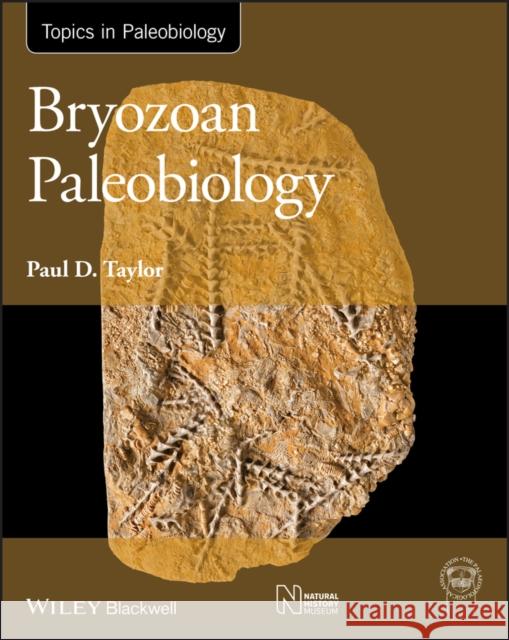Bryozoan Paleobiology » książka
topmenu
Bryozoan Paleobiology
ISBN-13: 9781118455005 / Angielski / Miękka / 2020 / 336 str.
Kategorie:
Kategorie BISAC:
Wydawca:
John Wiley & Sons
Seria wydawnicza:
Język:
Angielski
ISBN-13:
9781118455005
Rok wydania:
2020
Ilość stron:
336
Waga:
0.70 kg
Wymiary:
23.37 x 18.54 x 1.78
Oprawa:
Miękka
Wolumenów:
01
Dodatkowe informacje:
Bibliografia











